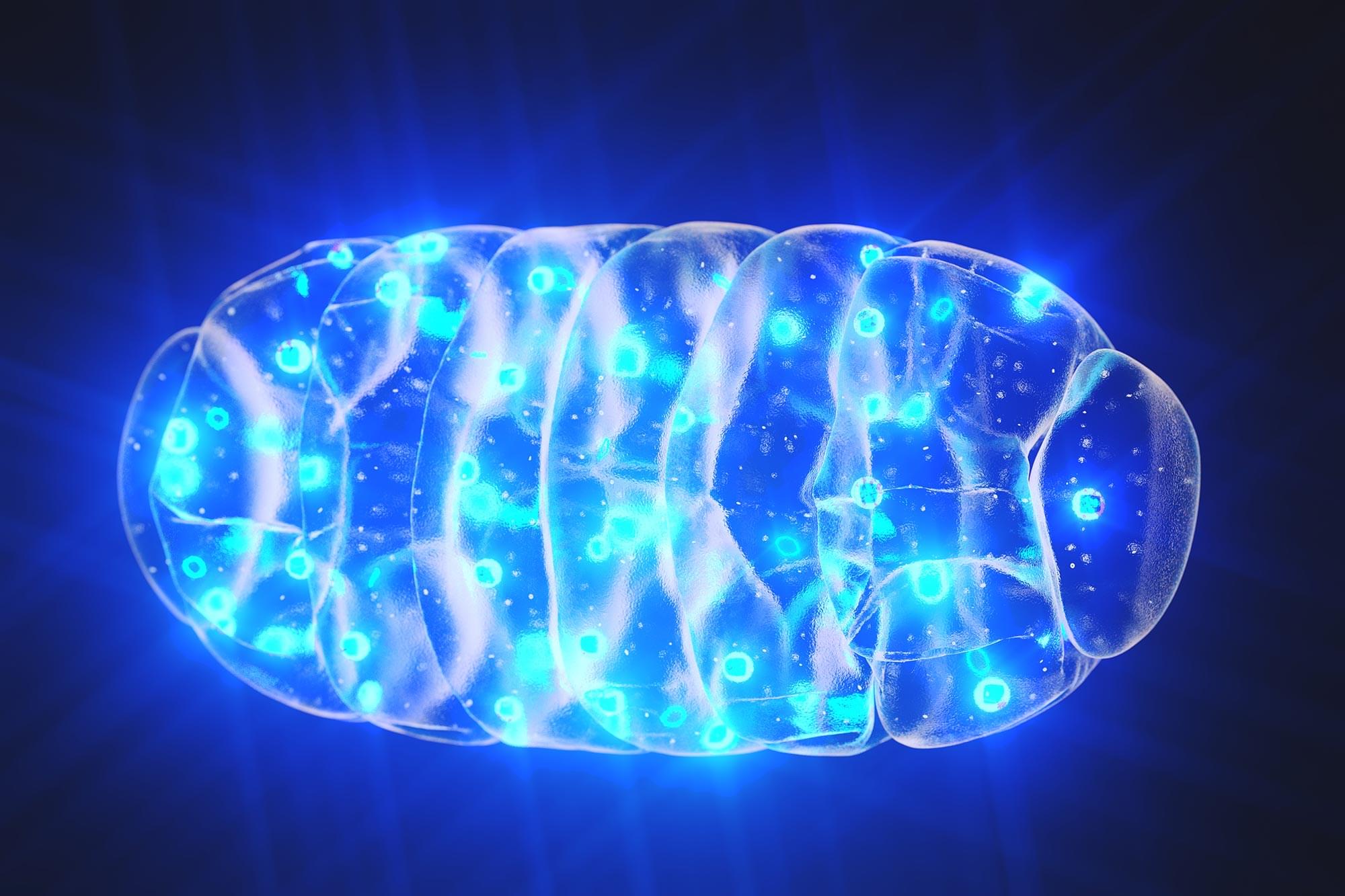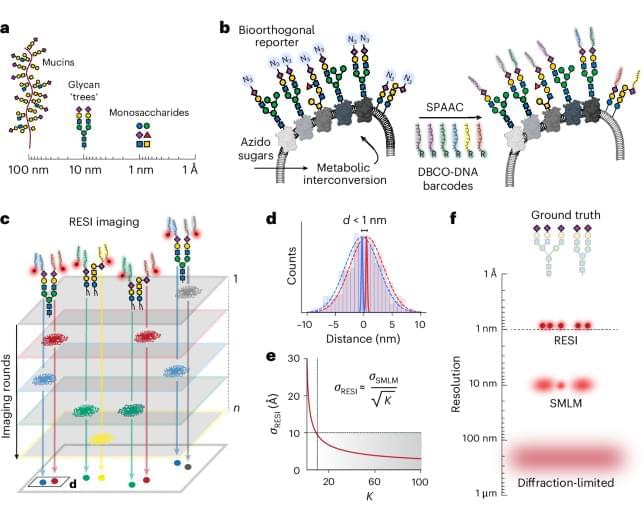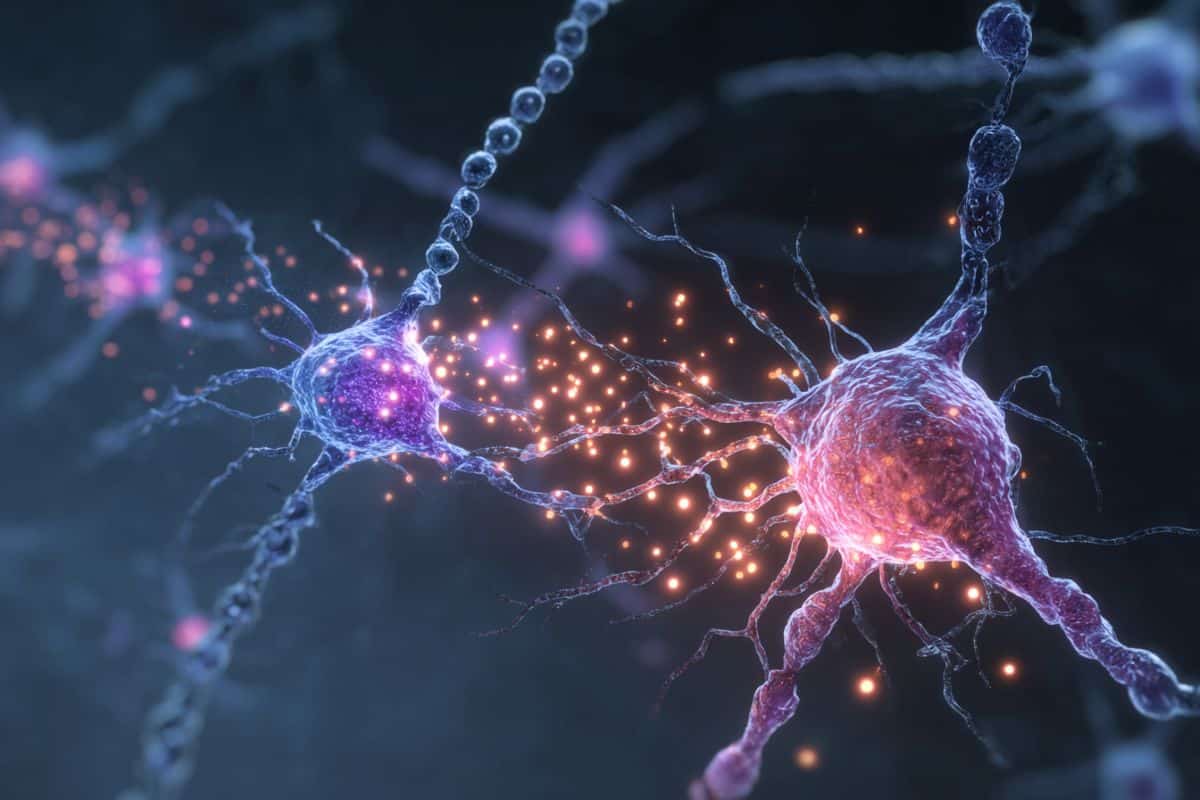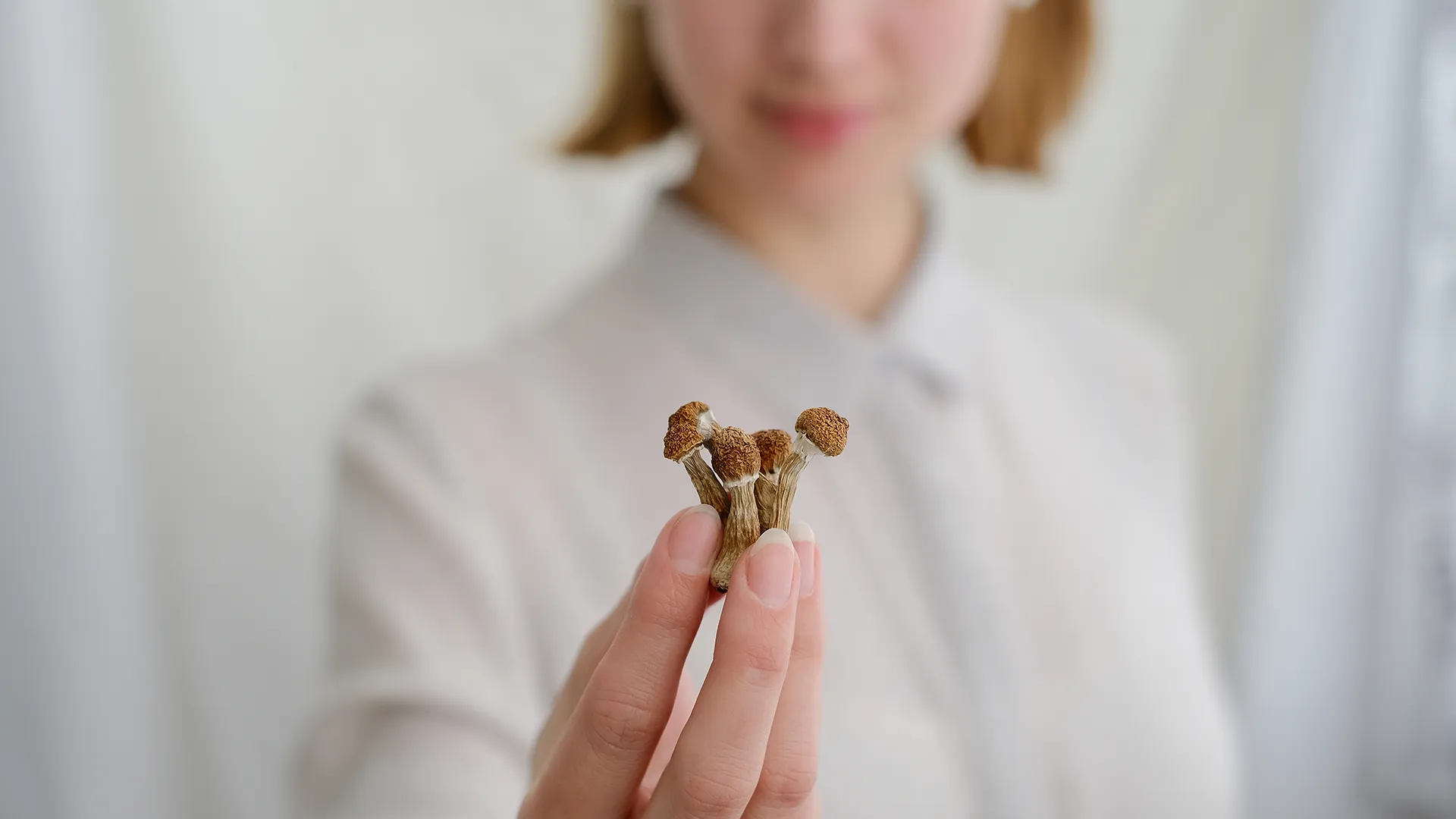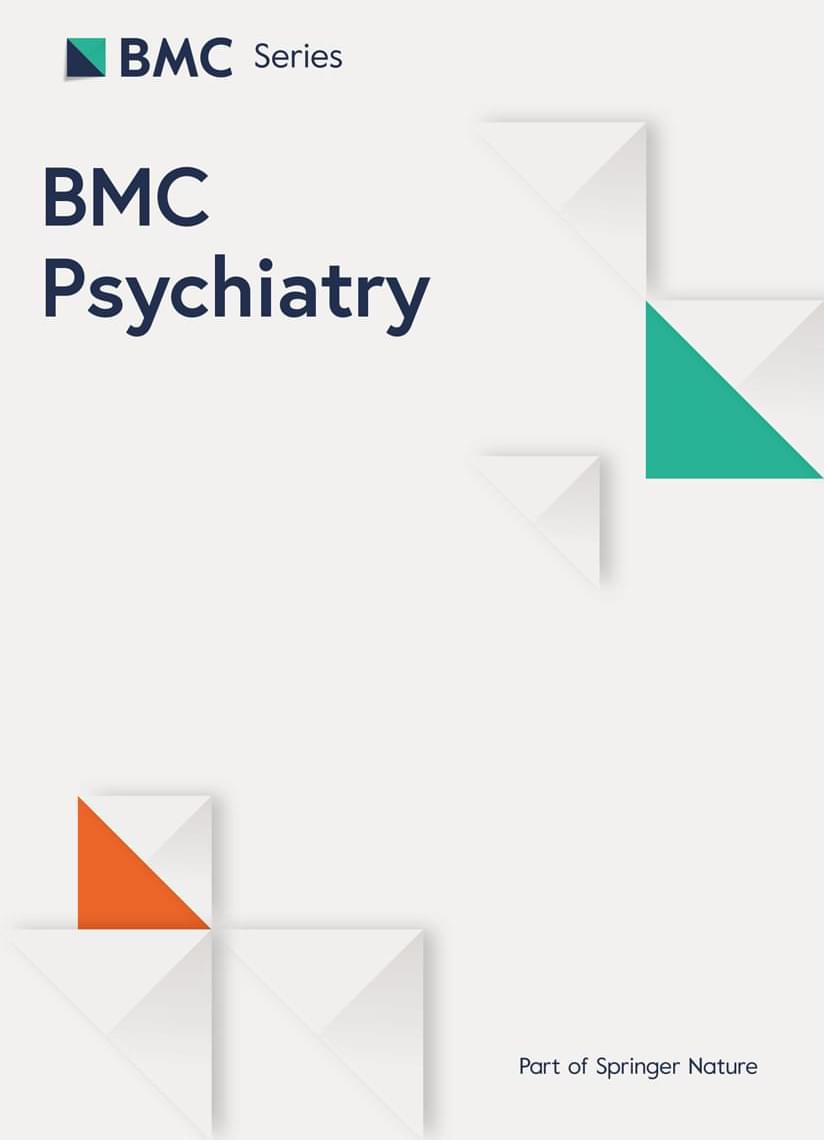Endogenous bioelectrical patterns are an important regulator of anatomical pattern during embryogenesis, regeneration, and cancer. While there are three known classes of instructive bioelectric patterns: directly encoding, indirectly encoding, and binary trigger, it is not known how these design principles could be exploited by evolution and what their relative advantages might be. To better understand the evolutionary role of bioelectricity in anatomical homeostasis, we developed a neural cellular automaton (NCA). We used evolutionary algorithms to optimize these models to achieve reliable morphogenetic patterns driven by the different ways in which tissues can interpret their bioelectrical pattern for downstream anatomical outcomes. We found that: All three types of bioelectrical codes allow the reaching of target morphologies; Resetting of the bioelectrical pattern and the change in duration of the binary trigger alter morphogenesis; Direct pattern organisms show an emergent robustness to changes in initial anatomical configurations; Indirect pattern organisms show an emergent robustness to bioelectrical perturbation; Direct and indirect pattern organisms show a emergent generalizability competency to new (rotated) bioelectrical patterns; Direct pattern organisms show an emergent repatterning competency in post-developmental-phase. Because our simulation was fundamentally a homeostatic system seeking to achieve specific goals in anatomical state space (the space of possible morphologies), we sought to determine how the system would react when we abrogated the incentive loop driving anatomical homeostasis. To abrogate the stress/reward system that drives error minimization, we used anxiolytic neuromodulators. Simulating the effects of selective serotonin reuptake inhibitors diminished the ability of artificial embryos to reduce error between anatomical state and bioelectric prepattern, leading to higher variance of developmental outcomes, global morphological degradation, and induced in some organisms a bistability with respect to possible anatomical outcomes. These computational findings were validated by data collected from in vivo experiments in SSRI exposure in planarian flatworm regeneration.

